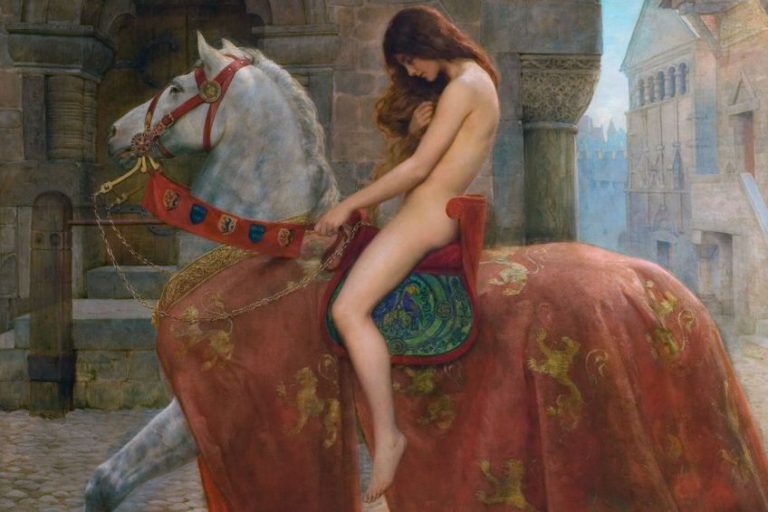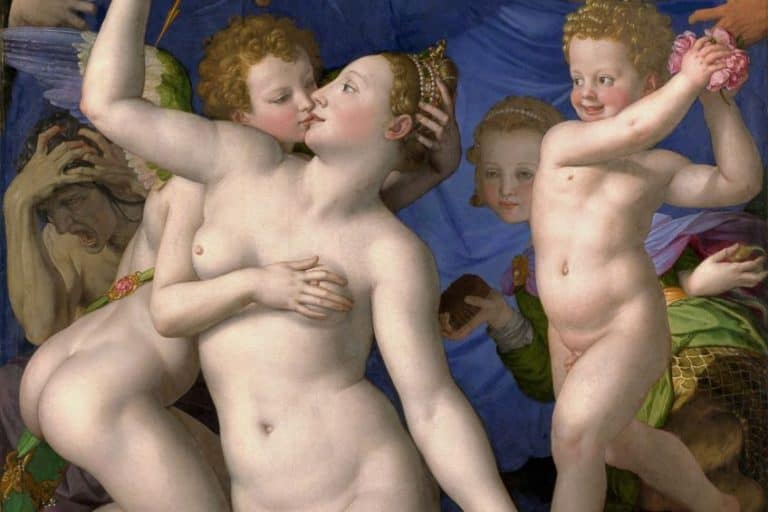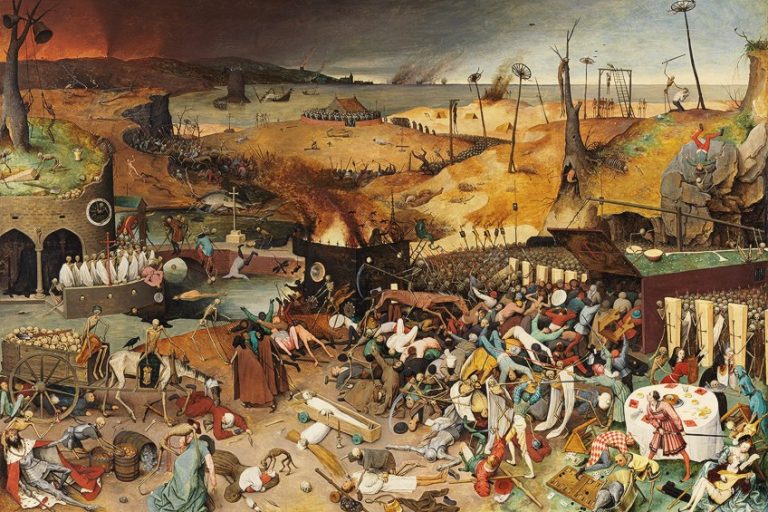“The Bedroom in Arles” Van Gogh – 3 Studies of One Interior
The famous bedroom painting by Vincent van Gogh was first painted in 1888 when the Dutch artist lived in the French city called Arles. He lived in a “Yellow House” and waited for the artist Paul Gauguin’s arrival, which would eventually lead to perilous events. His bedroom was a place of comfort and repose, which he painted. This article will explore this famous Van Gogh bedroom painting.
Artist Abstract: Who Was Vincent van Gogh?
Vincent van Gogh was a Dutch artist, born in the southern part of the Netherlands in Groot-Zundert. He lived from March 30, 1853, and died July 29, 1890. He started as an artist later in life and produced hundreds of artworks characterized by an expressive style; he was considered a post-Impressionist, however, his style ranged.
He did not find a lot of success as an artist, but this nonetheless was his profession, supported financially by his brother Theo van Gogh.
He moved around to various places in the Netherlands, he lived in Paris where he was exposed to Impressionism, Neo-Impressionism, and styles like Pointillism, and then moved closer to the countryside in France, of which he enjoyed the peace. He suffered from mental problems most of his life and shot himself in 1890. Posthumously, he became one of the most successful artists of the 19th century and an inspiration to and influence on many others.

The Bedroom in Arles (1888) By Vincent van Gogh in Context
In the article below we will start with a brief contextual analysis, looking at when and where Vincent van Gogh painted his Bedroom in Arles and why it was so important to him. We will then discuss a formal analysis, looking at van Gogh’s use of color, brushwork, and perspective.
It is important to note that there are three versions of the “Bedroom in Arles” painting. This article will focus on the first version from 1888.

The other two versions were painted in 1889 and were also done in oil on canvas. Additionally, van Gogh also drew sketches that he sent in letters to his brother Theo van Gogh as well as to Paul Gauguin. Version two measures around 72 x 90 centimeters and is housed at the Art Institute of Chicago in the United States.

The third version measures around 57.5 x 74 centimeters and is housed at the Musée d’Orsay in Paris, France. This is a smaller version that van Gogh gifted to his mother, Anna Cornelia Carbentus, and sister, Wilhelmina Jacoba van Gogh.
| Artist | Vincent van Gogh |
| Date Painted | 1888 |
| Medium | Oil on canvas |
| Genre | Genre painting |
| Period / Movement | Dutch Post-Impressionism |
| Dimensions | 72 x 90 centimeters |
| Series / Versions | The first version out of three painted versions |
| Where Is It Housed? | Van Gogh Museum, Amsterdam |
| What It Is Worth | Part of the Vincent van Gogh Foundation. It has always been part of the van Gogh family and could be considered priceless. |
Contextual Analysis: A Brief Socio-Historical Overview
Vincent van Gogh moved to the French city called Arles in 1888, located in Southern France. He moved from Paris where he lived with his brother Theo van Gogh for some time since 1886. When van Gogh moved to Arles it was reportedly to move away from the city life and find somewhere more peaceful.
Van Gogh sought to start what has been termed an “artist colony” in Arles. He also wanted Paul Gauguin to accompany him and invited him to stay with him and collaborate as two artists. Van Gogh wrote to his brother in a letter dated 9 September 1888 that he bought two beds for the Yellow House, where he rented several rooms and would move into before Gauguin’s arrival.
The Yellow House was located at 2 Place Lamartine, with the bedrooms located upstairs and the art studio and kitchen downstairs.
He also explained that he wanted this house to be “an artist’s house” describing all the ways he wanted to decorate it and make it unique and open for visitors like his brother, Gauguin, and others. Paul Gauguin eventually arrived in Arles to join van Gogh in the Yellow House; the date was recorded as 23 October 1888.

While van Gogh waited for Gauguin’s arrival, he produced numerous paintings of this new house. He painted The Yellow House (1888) as an oil on canvas along with other sketches and watercolor. He also painted his bedroom, of which there were three versions, as mentioned above.
It was sadly during this time in Arles that van Gogh and Gauguin had a significant fall out with one another.
Gauguin left the house in December 1888, having collaborated with van Gogh for around two months. This was also when van Gogh mutilated himself by cutting off part of his ear. Soon after this altercation, van Gogh moved away from Arles and committed himself into the mental institution called Saint-Paul-de-Mausole asylum in Saint-Rémy de Provence. This was when van Gogh produced his famous The Starry Night (1889) painting too.
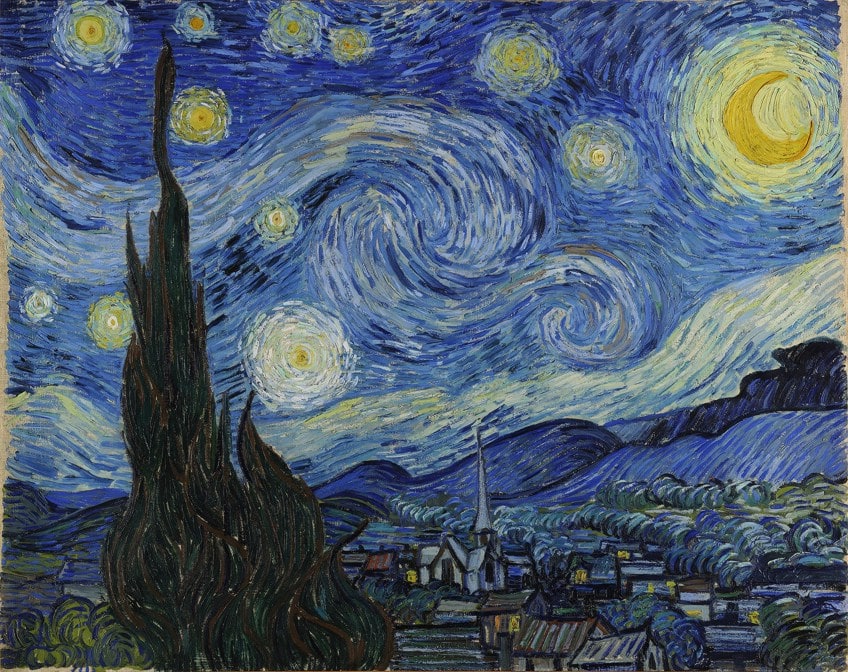
Formal Analysis: A Brief Compositional Overview
Below, we take a closer look at the famed van Gogh bedroom painting, the Bedroom in Arles. Although all three versions appear the same, we will focus on the composition from the first version, exploring the subject matter further along with van Gogh’s utilization of colors, perspective, and more.
Subject Matter
In the Bedroom in Arles, van Gogh depicts an interior setting of his bedroom, we will start from the right-hand side and move around the room in an anti-clockwise direction. There is a door to the right-hand side that then becomes the wall with two portraits hanging above two paintings, of which the one on the right is a landscape size. Against this same wall is van Gogh’s bed; it is a single bed with two pillows, a sheet, and a “scarlet” blanket.

If we move to the wall directly opposite our gaze, where the bed’s headboard is, there is a mounted horizontal hook stand with what appears to be three jackets or items of clothing hanging on each hook, along with another slightly unidentifiable item on the fourth hook.
Above this is another painting hanging from a hook, which appears to be an outdoor scene.
As we move along this wall, there is a window in the center with double doors and closed outside shutters. On the far left of the wall hangs what appears to be a mirror with a black frame. Against this wall, we see a chair next to the bed and a small wooden dressing table in the left-hand corner with what appears to be various miscellaneous items for washing and grooming. There is also one drawer.

Moving to the left-hand side wall there is a hand towel hanging from a hook right by the dressing table and mirror mentioned above. This was undoubtedly where van Gogh prepared himself and washed up. Next to the hanging towel, there is another door and another chair that appears to be against this door.
Paintings Within a Painting: Who Is Depicted in the Portraits?
If we look at the right-hand side wall, there are two portraits painted by van Gogh. These were apparently two of his acquaintances, or friends, namely, the Belgian Eugène Boch, who was also an artist, depicted on the left-hand side. On the right-hand side, next to Boch’s portrait, is the portrait of Paul-Eugène Milliet, who was part of the French Army’s regiment.
Additionally, both portraits are titled; Boch’s portrait is “The Poet”, and Milliet’s is titled “The Lover”.
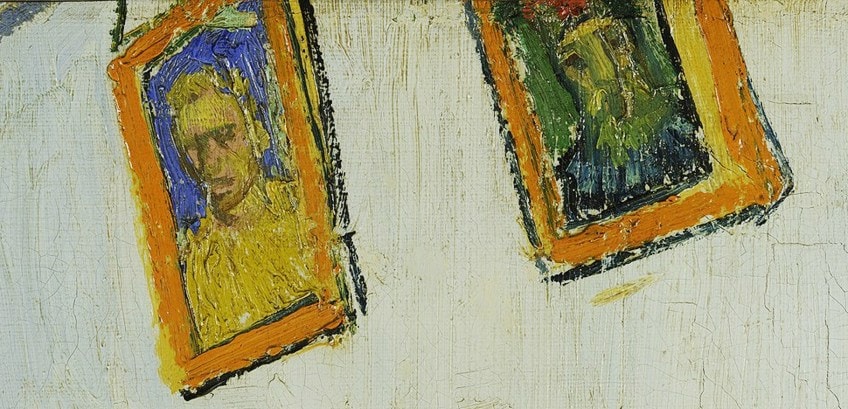
In the other two versions of van Gogh’s Bedroom in Arles, we will notice the artist changed the people in the portrait above the bed. The portrait on the left in versions two and three are believed to depict the artist himself, being a self-portrait. The portrait to the right, also in both versions, depicts a woman, although she has not been identified.
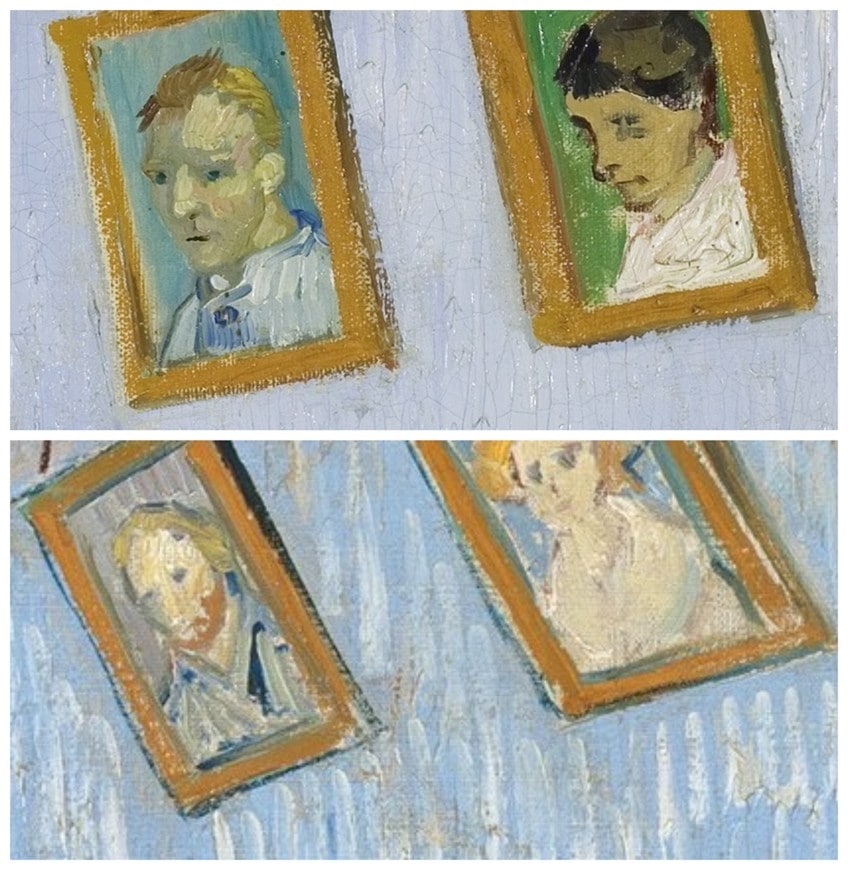
Orienting Ourselves in the Van Gogh Bedroom Painting
There are two doors painted in this bedroom artwork, and if we look at the orientation of the Yellow House, we will have a better understanding of where van Gogh’s room was situated. With help from van Gogh’s artwork of the Yellow House, the building of which was demolished, we will see along with the upper story that there are two rooms with shutters.
On the corner of the upper part of the building, the far-right room (our left) was apparently the guest room and the room next to this was van Gogh’s room. This will explain the door to the left-hand side of the bedroom artwork, which led into the guest bedroom. The door painted on the right-hand side led to a staircase, and what possibly led to the other part of the building, as we see in The Yellow House painting.
The window depicted in the bedroom artwork overlooked what were the public gardens of Place Lamartine, which was the neighborhood of the Yellow House.
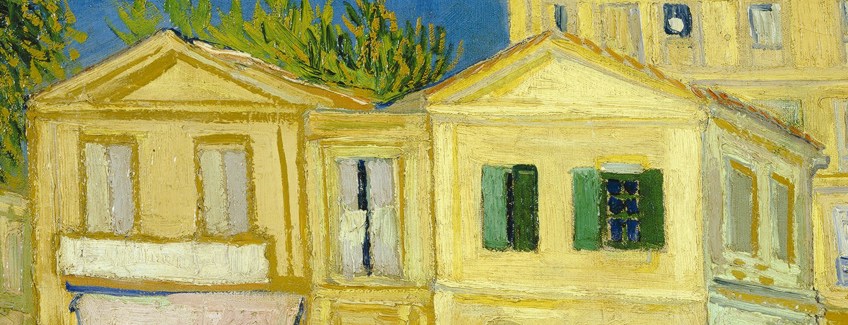
Color
Color is an important part of the Bedroom in Arles painting, in fact in a letter to Theo van Gogh, dated for 16 October 1888, Vincent mentioned to his brother that the “colour has to do the job here” and that it was “suggestive here of rest or of sleep” and that when looking at the painting it was meant to “rest the mind, or rather, the imagination”.
Van Gogh further explained the various colors for each of the respective areas in the bedroom and his choices of these in the above-mentioned letter to Theo as well as to Paul Gauguin, which was dated 17 October 1888. He slightly altered the colors’ names in each letter, however, still within keeping of the overall hues.
He explained to Gauguin that he painted in “flat tints, but coarsely brushed in full impasto”.
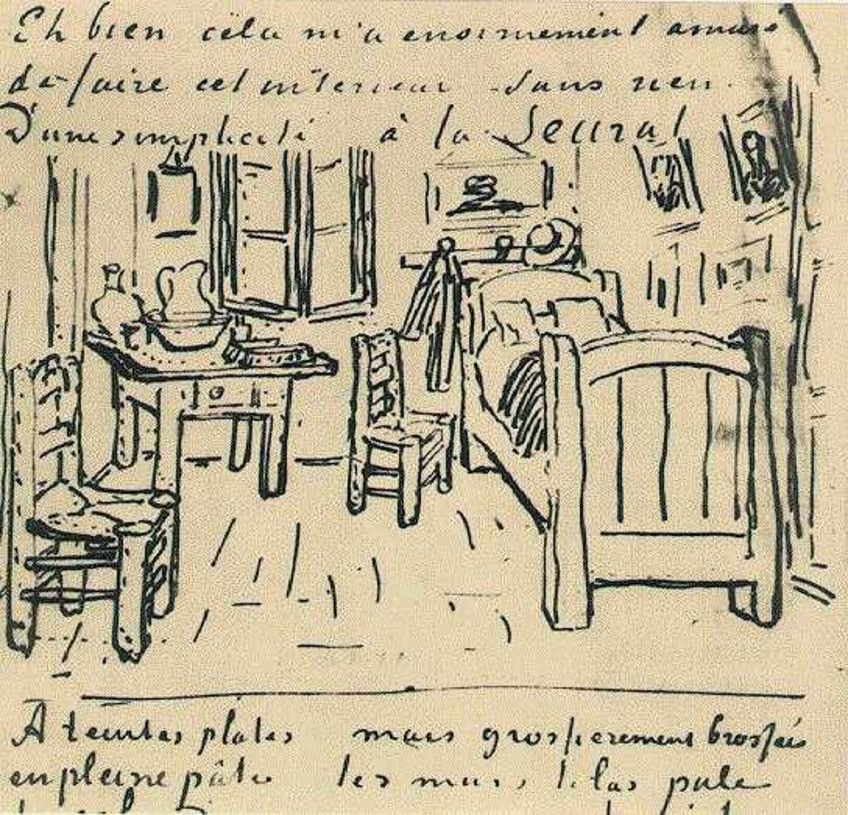
He described the walls as “pale violet” and “pale lilac” and the floor as “red tiles”. He described the bedstead and chairs as a “fresh butter yellow” and “chrome yellow”; the bed’s sheet and pillows a “bright lemon green” and “pale lemon green”; the blanket over the bed a “blood-red” and “scarlet red”; the window is depicted in green; the basin is “blue”, and the dressing table is “orange”; he also described the doors as “lilac”.
In the letter to Gauguin, van Gogh also mentioned that the only white he utilized in the painting was in the “little note given by the mirror” to the left-hand side on the front wall. However, in the letter to Theo, he mentioned that the frame, supposedly for the mirror “will be white”.
If we look at the Bedroom in Arles painting itself, van Gogh must have changed his mind in how he wanted to apply white as the mirror has a black frame with the notes of white as he mentioned to Gauguin. We will also see this in the other two versions.
In the letter to Theo, Vincent also explained his choice of shadowing, describing that “the shadows and cast shadows are removed” and that it is “coloured in flat, plain tints like Japanese prints”.

It is important to note that Japanese prints were a significant interest to van Gogh and he was a collector of these too. At the time in Europe Japanese art, notably, as prints, became considerably popular to many artists due to trading between Europe and Japan. The stylistic characteristics of Japanese art influenced numerous of van Gogh’s paintings.
It is important to bear in mind that the van Gogh bedroom painting has lost its initial color quality over the years since it was painted.
When we look at it now, the colors do not have their vibrancy. For example, sources state that the purple of the doors and the walls turned a blue color, and the red of the floorboards are described as “pale purple-grey”.
Furthermore, van Gogh utilized complementary colors that would have created the feeling of repose that he so sought for this painting’s purpose. We see the complementary colors in the yellow from the bed with the purples from the walls and doors as well as the green from the window and the red of the bed’s blanket.
Perspective and Scale
In the Bedroom in Arles, van Gogh does not portray a realistic perspective or scale of the various objects. The bed appears larger in size compared to the other objects in the room. Similarly, the objects in the room, including the furniture, appear slanted and angled peculiarly, for example, the frames hanging on the right-hand side wall appear sloped.
There is a flat, almost two-dimensional, rigidity to the perspective.
However, this is not a testament to van Gogh’s lack of artistic skill, but the fact that the artist was possibly more focused and interested in conveying the overall feeling of the composition and not the realistic portrayal of formal elements like perspective and scale.
An interesting fact about this bedroom artwork is that the actual room was reportedly a “trapezoid” shape and not the typical “rectangular” shape. The shape of the Yellow House is illustrated in the publication Van Gogh in Arles (1984) by Ronald Pickvance.
This odd angle of the room could have been an influencing factor in how van Gogh portrayed the perspective.
Van Gogh: A Place to Rest
Vincent van Gogh painted his bedroom to invoke the feeling of rest and “repose”, as he wrote in his letters. He was an artist with many dreams and visions of collaborating with other artists, providing a space for artistic refuge, so to say, and a welcoming place to stay for visitors.
Sadly, his dream did not last long, and soon after his stay at the Yellow House he was admitted to the mental institution in Saint-Rémy and thereafter lost his life due to suicide; he was a troubled, yet passionate, soul.
In “The Bedroom in Arles”, van Gogh welcomed all of us into his private space, colored with his ideas of calm and peace, which he undoubtedly found in this bedroom and held close to his heart, of which he fervently strove for his entire life, until the end.
Frequently Asked Questions
Who Painted The Bedroom in Arles?
The Bedroom in Arles is a famous painting from 1888, painted by Vincent van Gogh, who was a Dutch-born artist notably characterized as a post-Impressionist. He also received notoriety because he was the artist that cut off part of his ear in a fit of madness.
Where Did Vincent van Gogh Paint his Famous Bedroom Artwork?
Vincent van Gogh painted Bedroom in Arles (1888) in the French town called Arles in the house he rented called the Yellow House. It was located at number 2, Place Lamartine, Bouches-du-Rhône.
How Many Versions Are There of the Van Gogh Bedroom Painting?
There are three versions of the Bedroom in Arles painting by Vincent van Gogh. The first version was painted in 1888 and is housed at the Van Gogh Museum in Amsterdam. The second version was painted in 1889 and is housed at the Art Institute of Chicago, United States. The third version was also painted in 1889 and is now at the Musée d’Orsay, France. Van Gogh also drew two sketches, which he sent through letters to his brother Theo van Gogh and friend and fellow artist, Paul Gauguin.
Alicia du Plessis is a multidisciplinary writer. She completed her Bachelor of Arts degree, majoring in Art History and Classical Civilization, as well as two Honors, namely, in Art History and Education and Development, at the University of KwaZulu-Natal, South Africa. For her main Honors project in Art History, she explored perceptions of the San Bushmen’s identity and the concept of the “Other”. She has also looked at the use of photography in art and how it has been used to portray people’s lives.
Alicia’s other areas of interest in Art History include the process of writing about Art History and how to analyze paintings. Some of her favorite art movements include Impressionism and German Expressionism. She is yet to complete her Masters in Art History (she would like to do this abroad in Europe) having given it some time to first develop more professional experience with the interest to one day lecture it too.
Alicia has been working for artincontext.com since 2021 as an author and art history expert. She has specialized in painting analysis and is covering most of our painting analysis.
Learn more about Alicia du Plessis and the Art in Context Team.
Cite this Article
Alicia, du Plessis, ““The Bedroom in Arles” Van Gogh – 3 Studies of One Interior.” Art in Context. January 30, 2022. URL: https://artincontext.org/the-bedroom-in-arles-van-gogh/
du Plessis, A. (2022, 30 January). “The Bedroom in Arles” Van Gogh – 3 Studies of One Interior. Art in Context. https://artincontext.org/the-bedroom-in-arles-van-gogh/
du Plessis, Alicia. ““The Bedroom in Arles” Van Gogh – 3 Studies of One Interior.” Art in Context, January 30, 2022. https://artincontext.org/the-bedroom-in-arles-van-gogh/.





